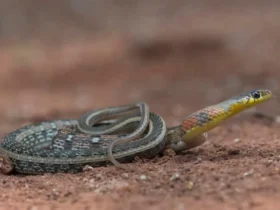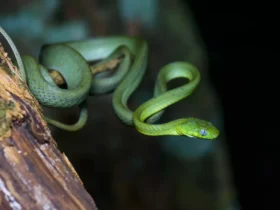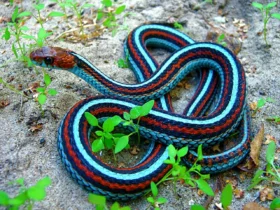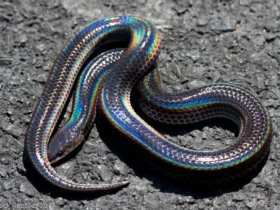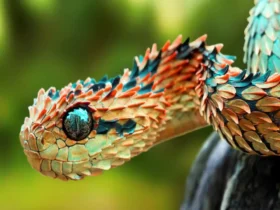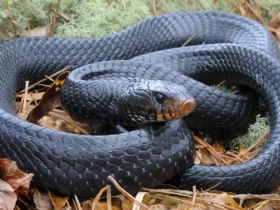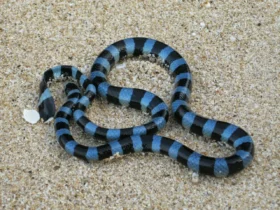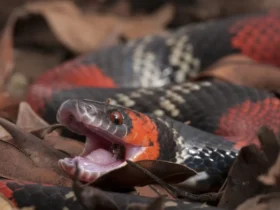Madagascar, the fourth-largest island in the world, is renowned for its rich biodiversity and unique wildlife. Among its many remarkable inhabitants is the Malagasy Leaf-Nosed Snake (Langaha madagascariensis). This captivating serpent, characterized by its striking appearance and fascinating adaptations, is an emblematic species of the island’s diverse reptilian fauna. In this article, we delve into the intriguing world of the Malagasy Leaf-Nosed Snake, exploring its distinct features, natural habitat, and intriguing behavior.
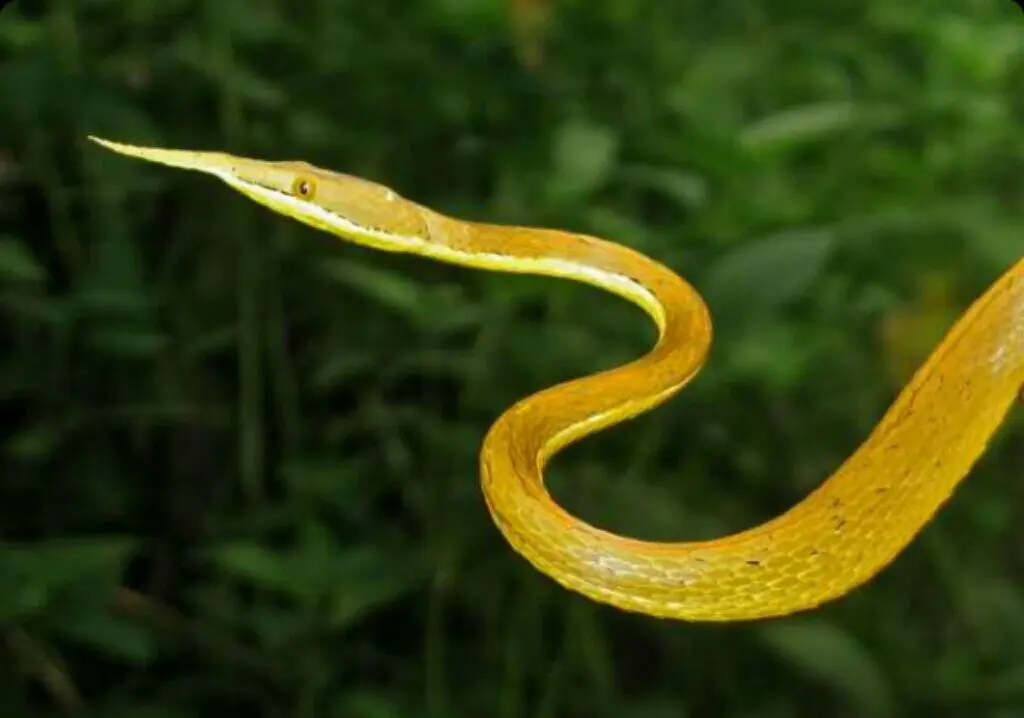
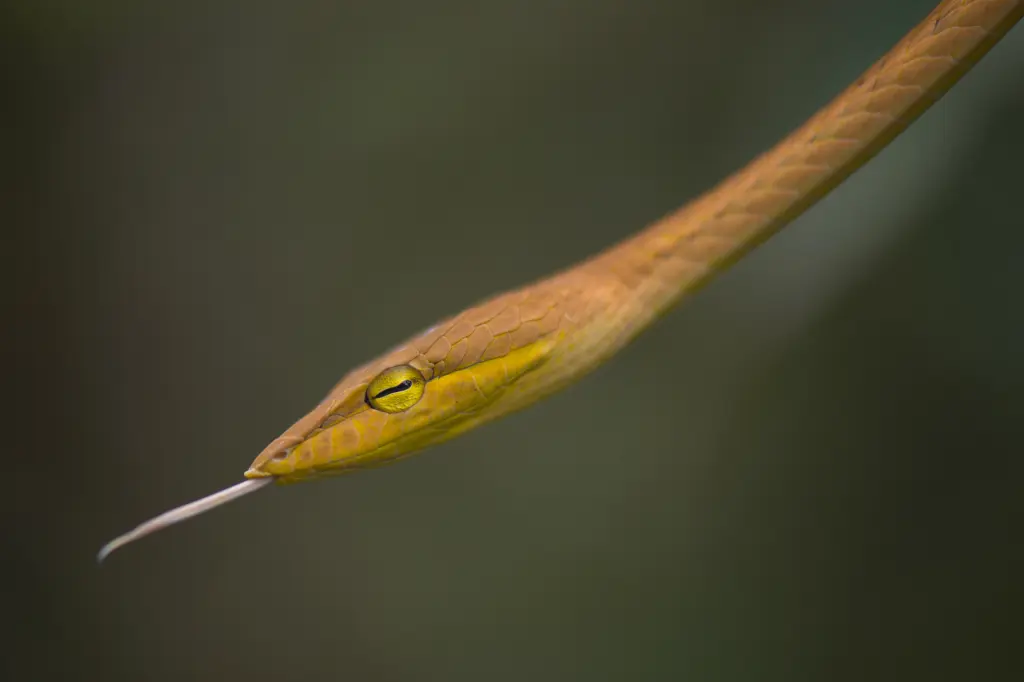
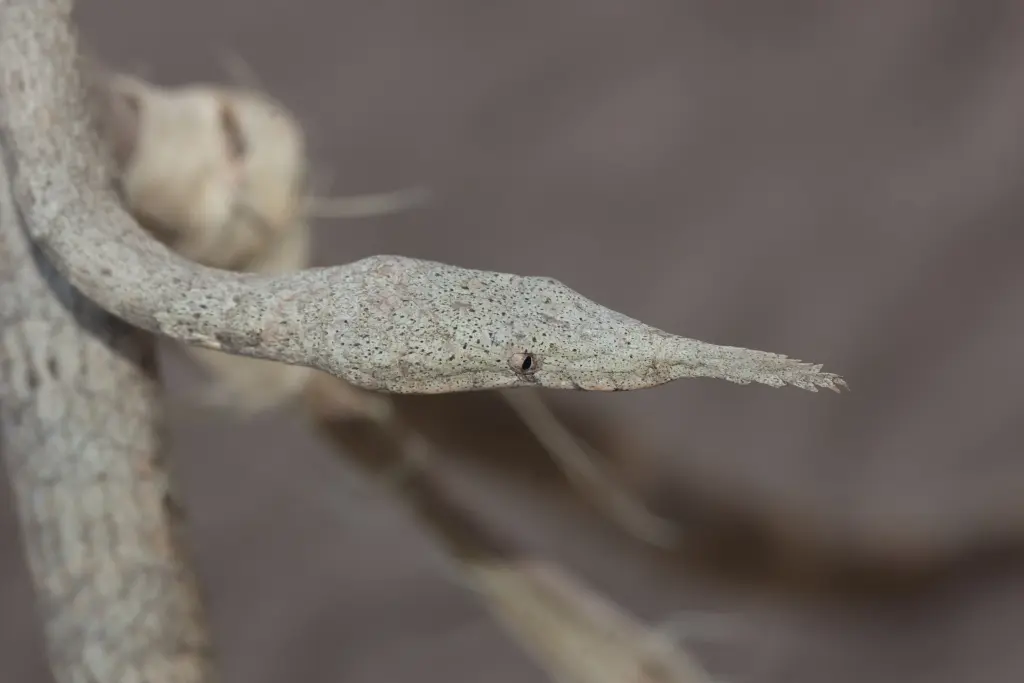
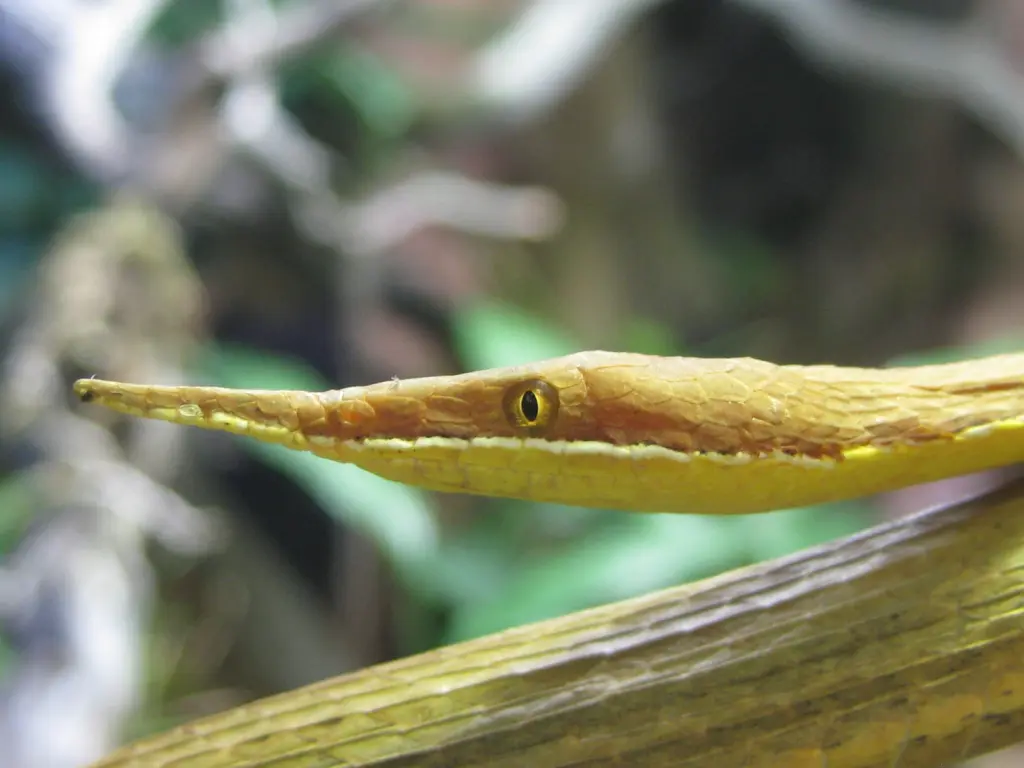
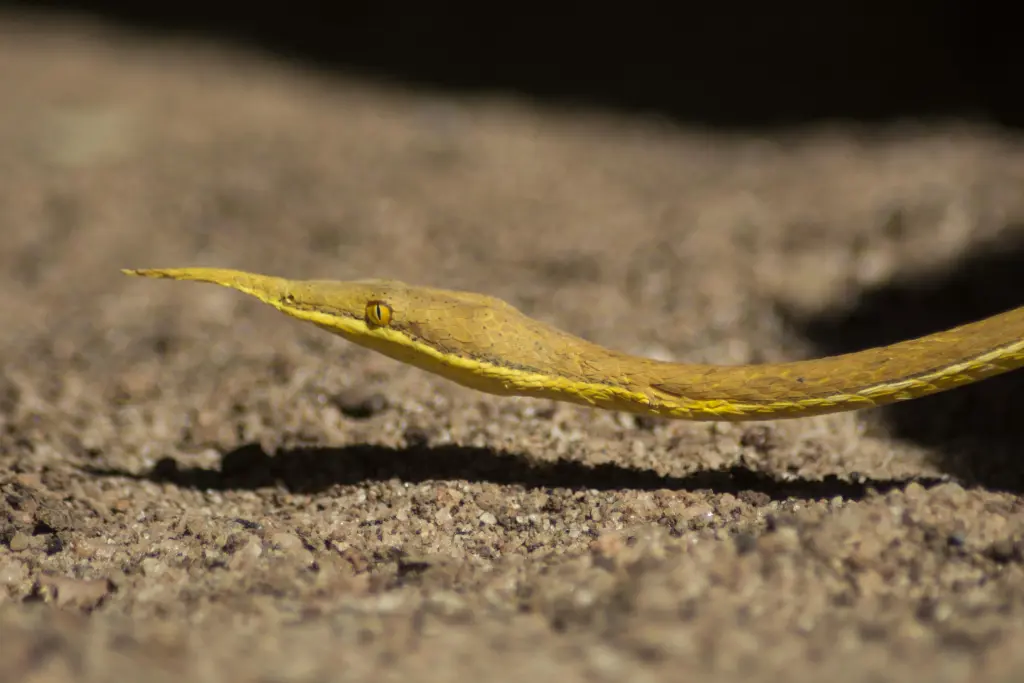
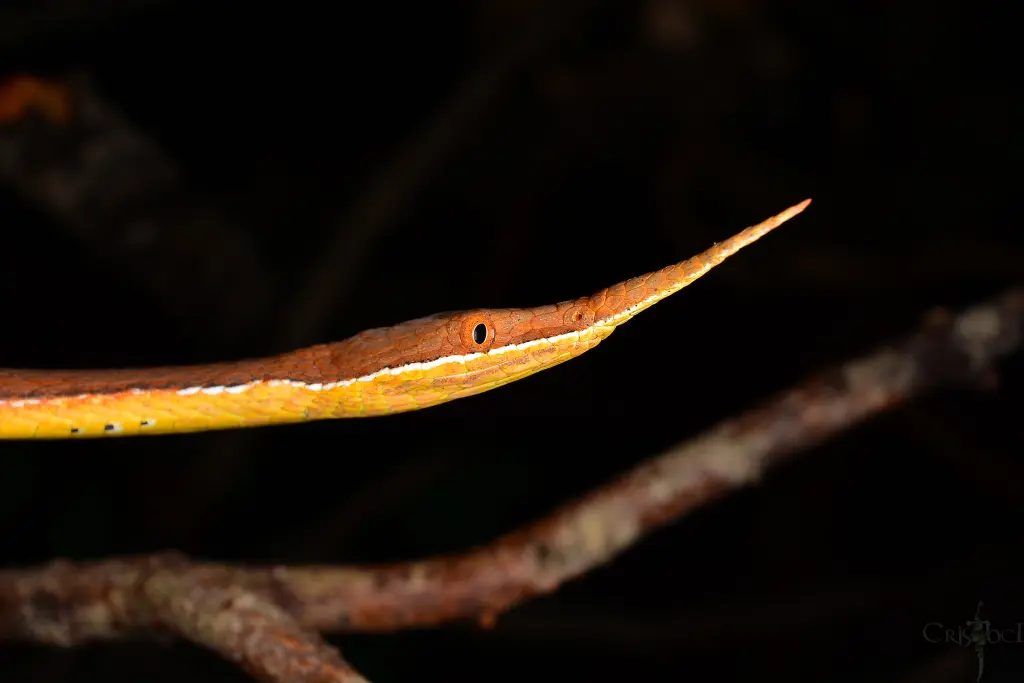
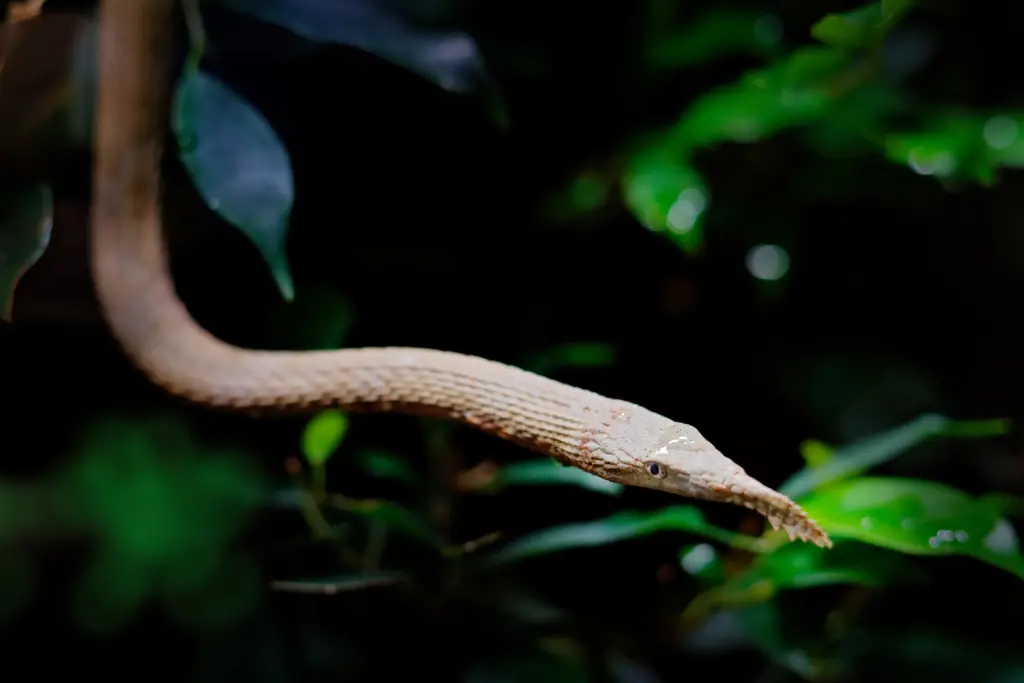
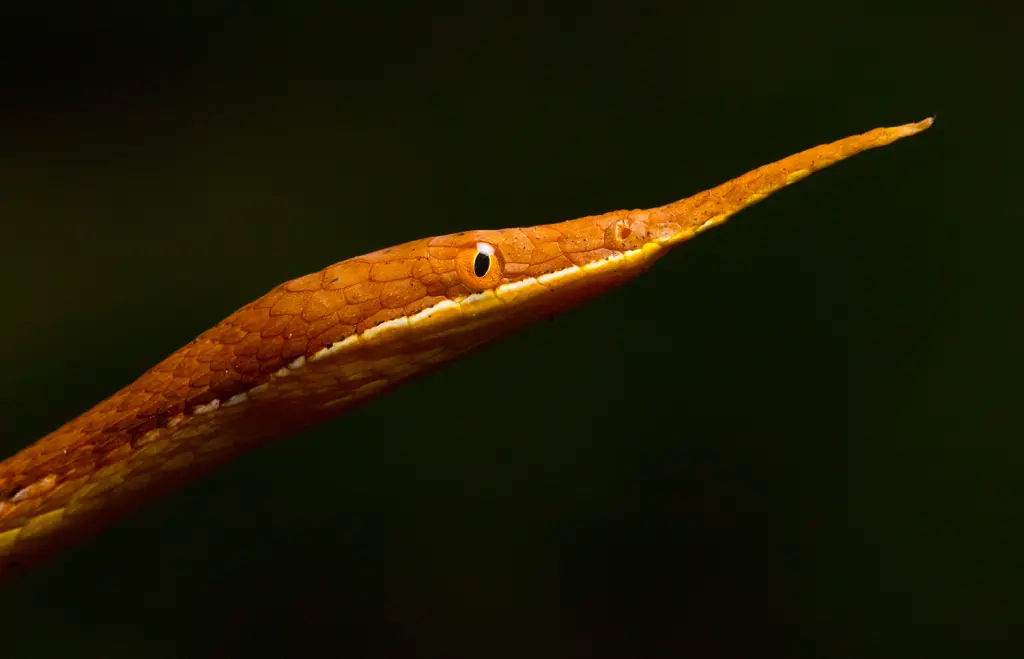
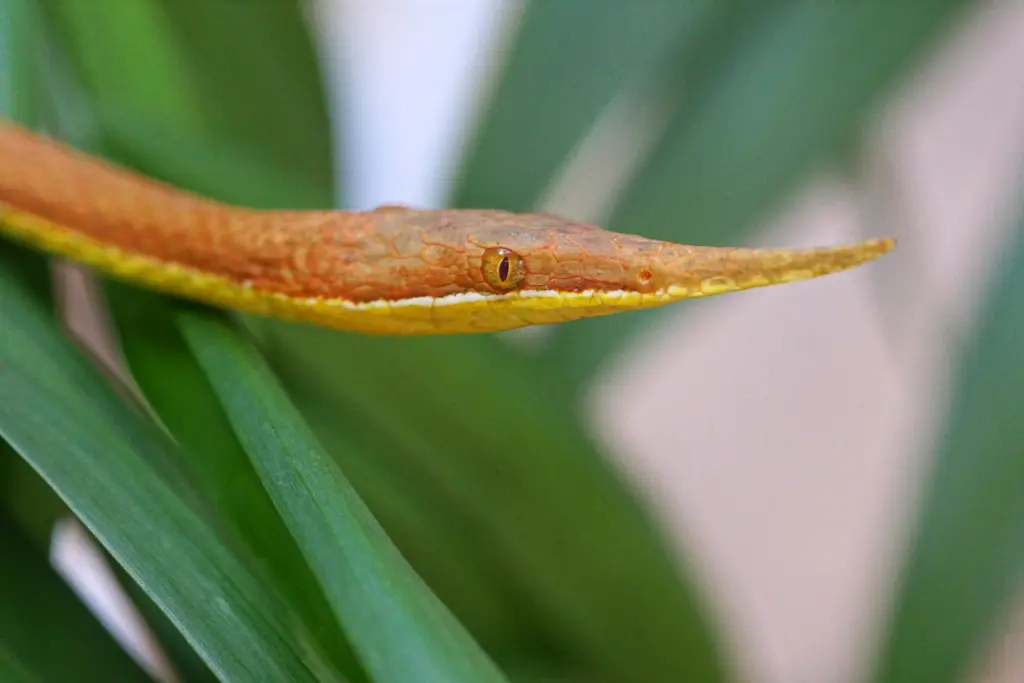
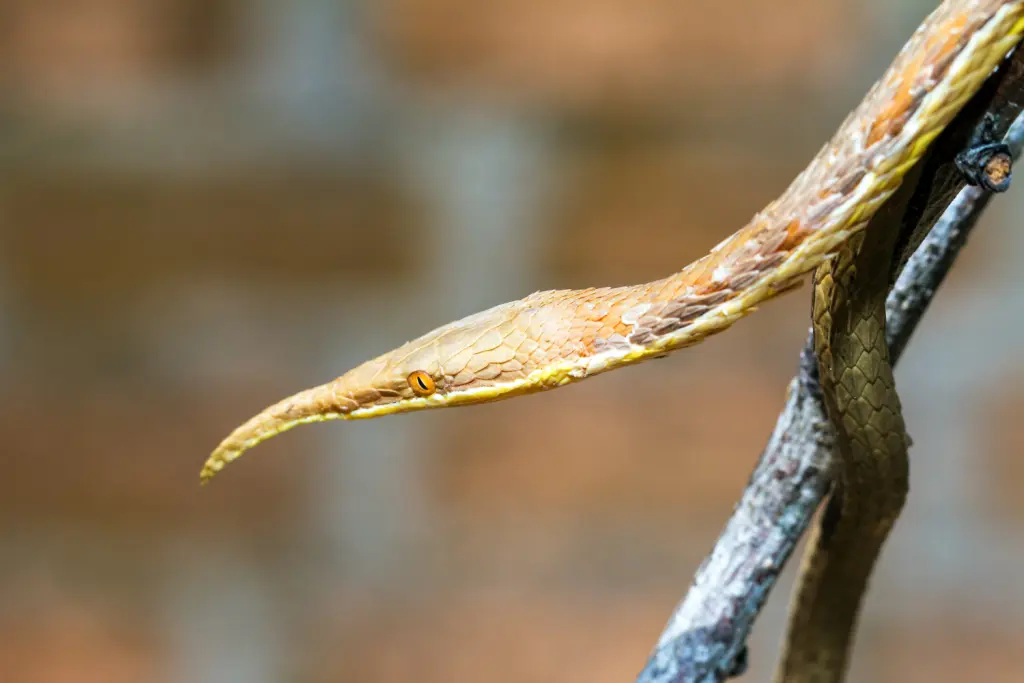
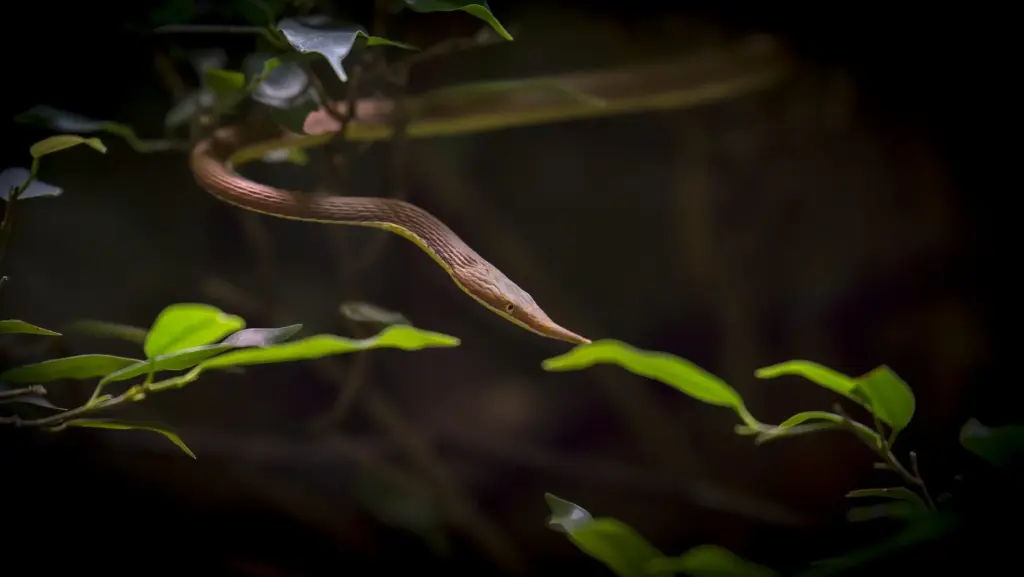
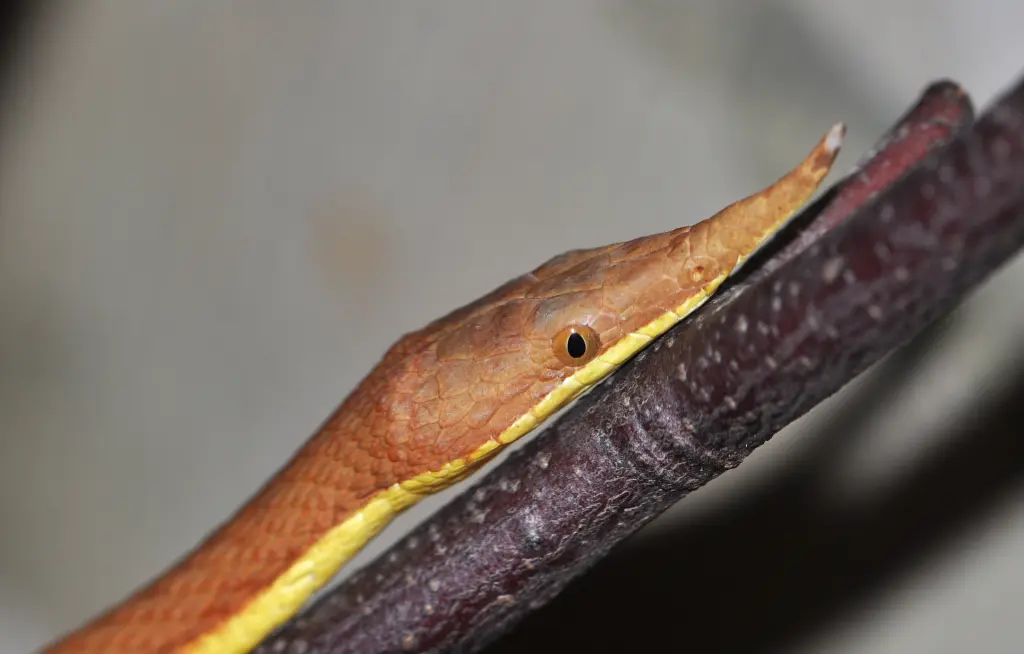
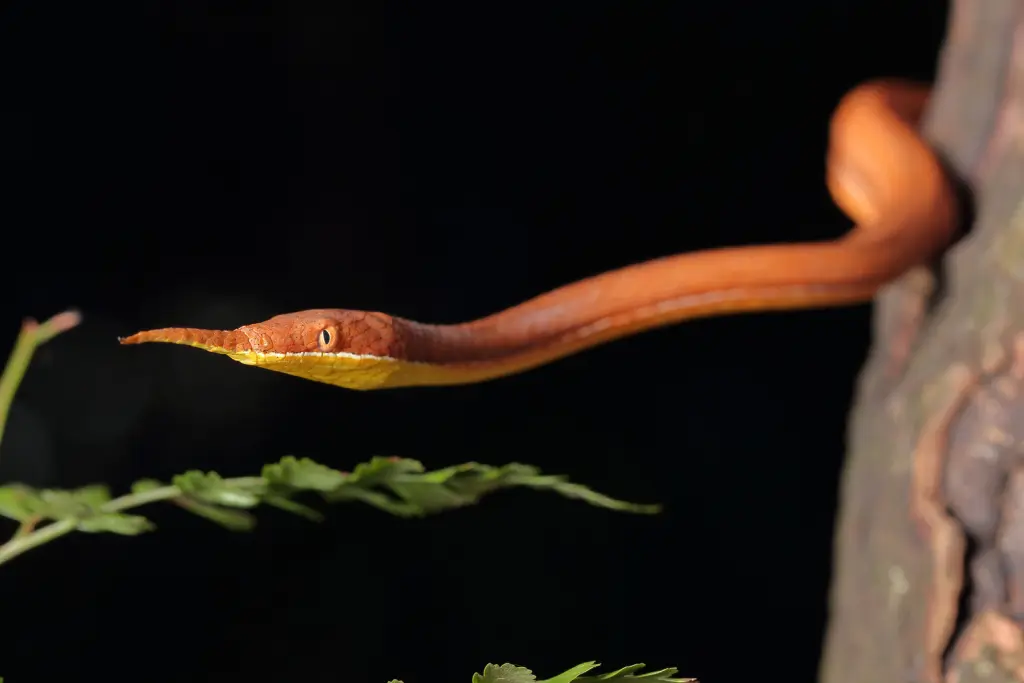
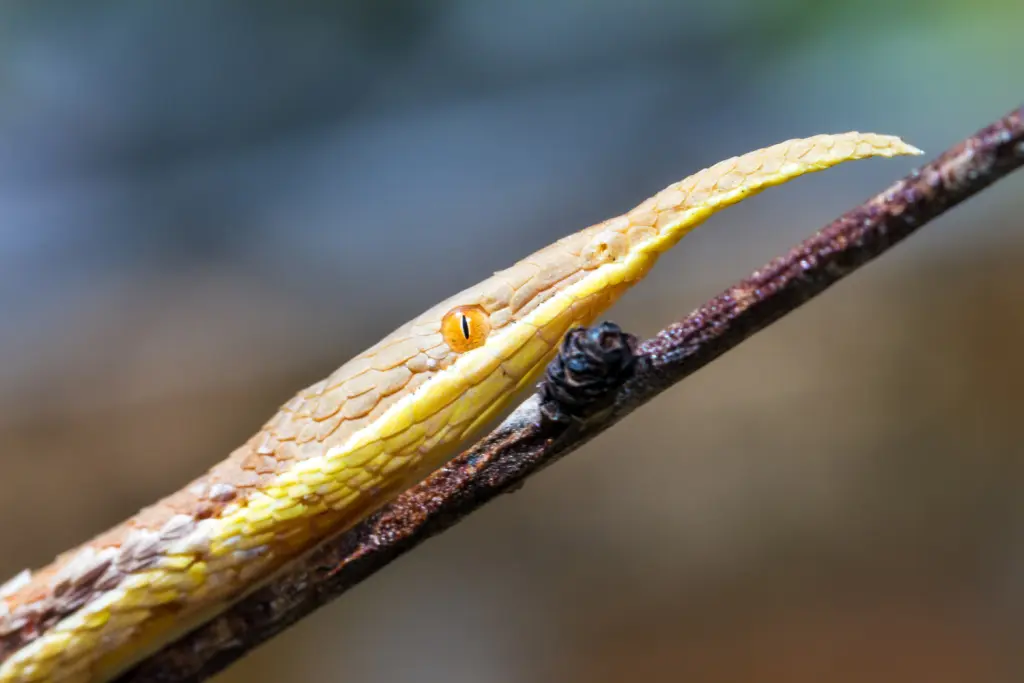
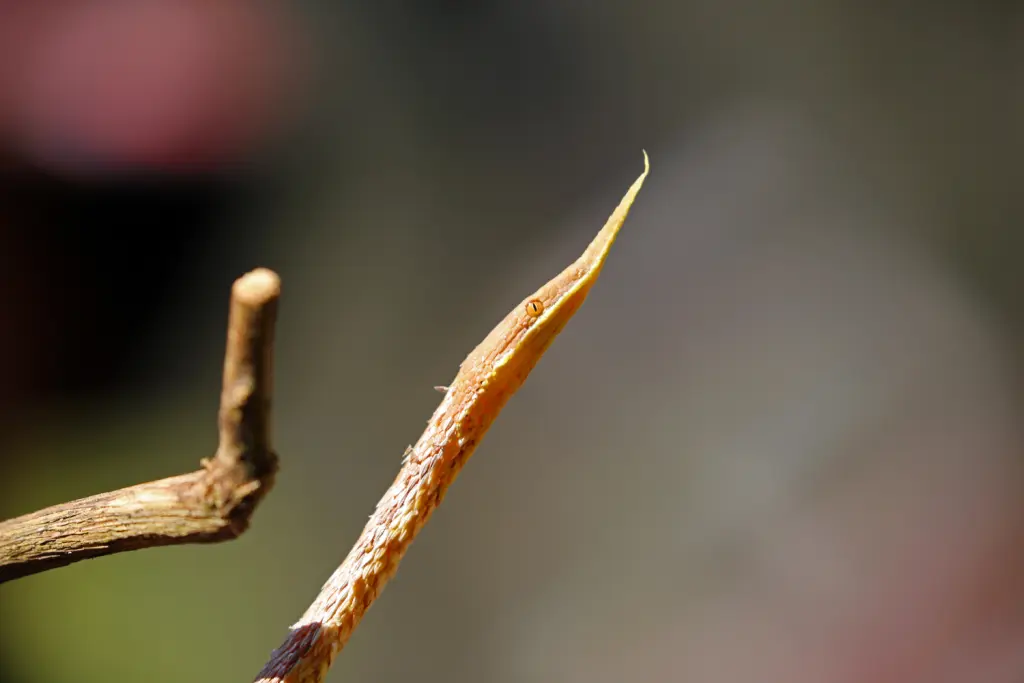
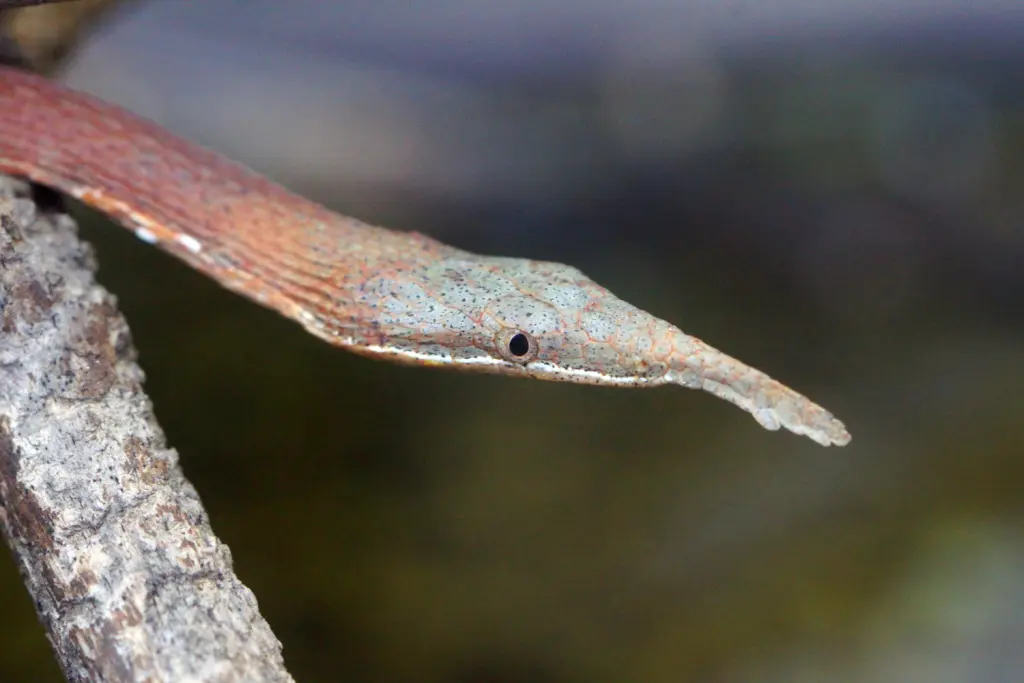
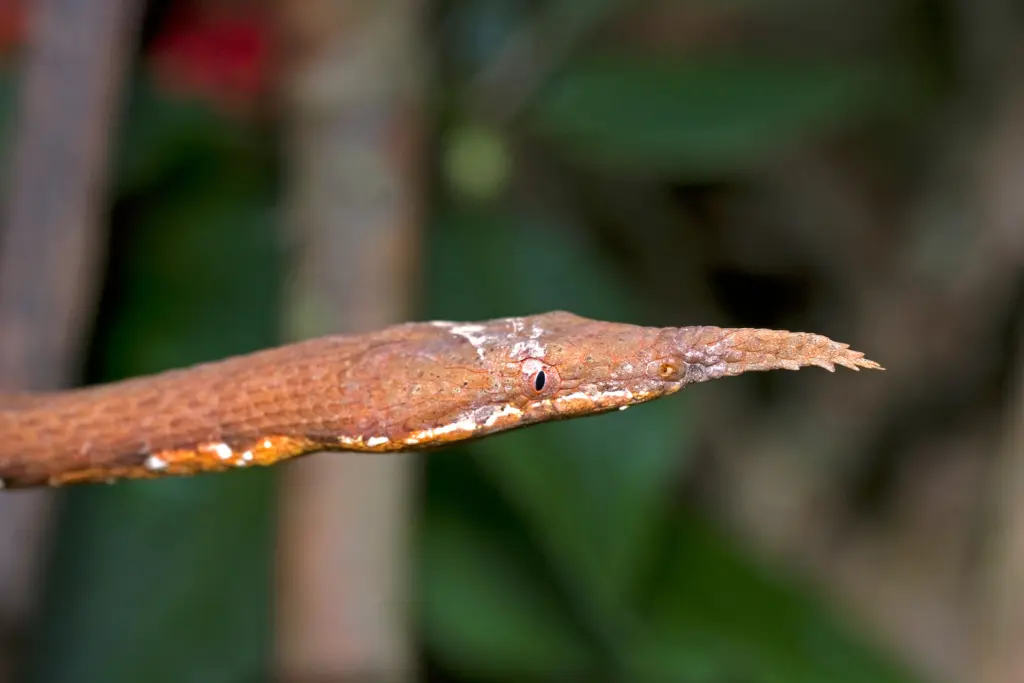
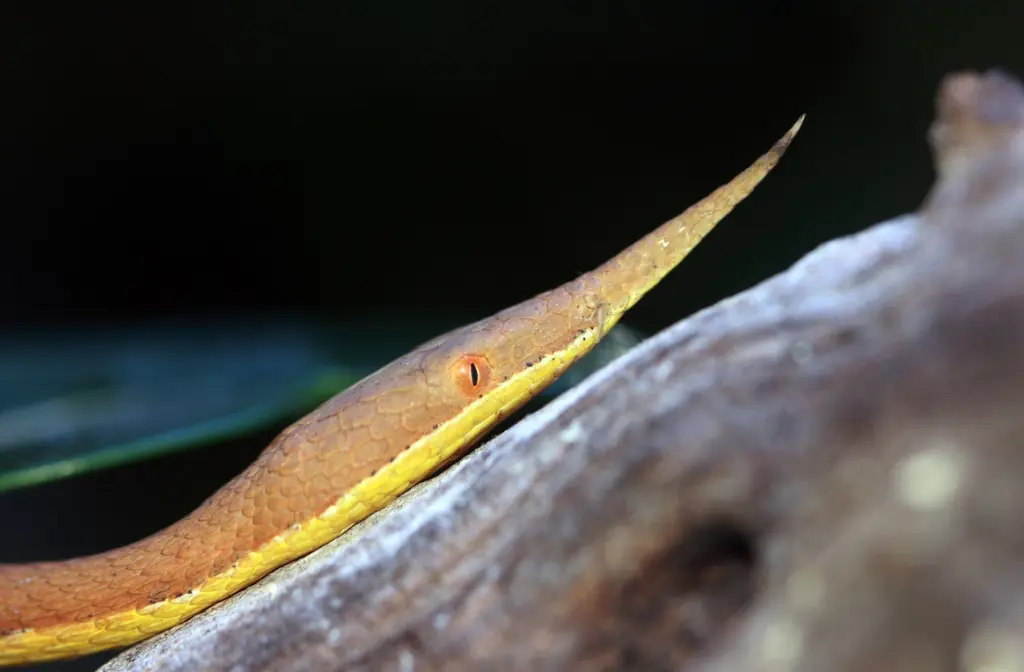
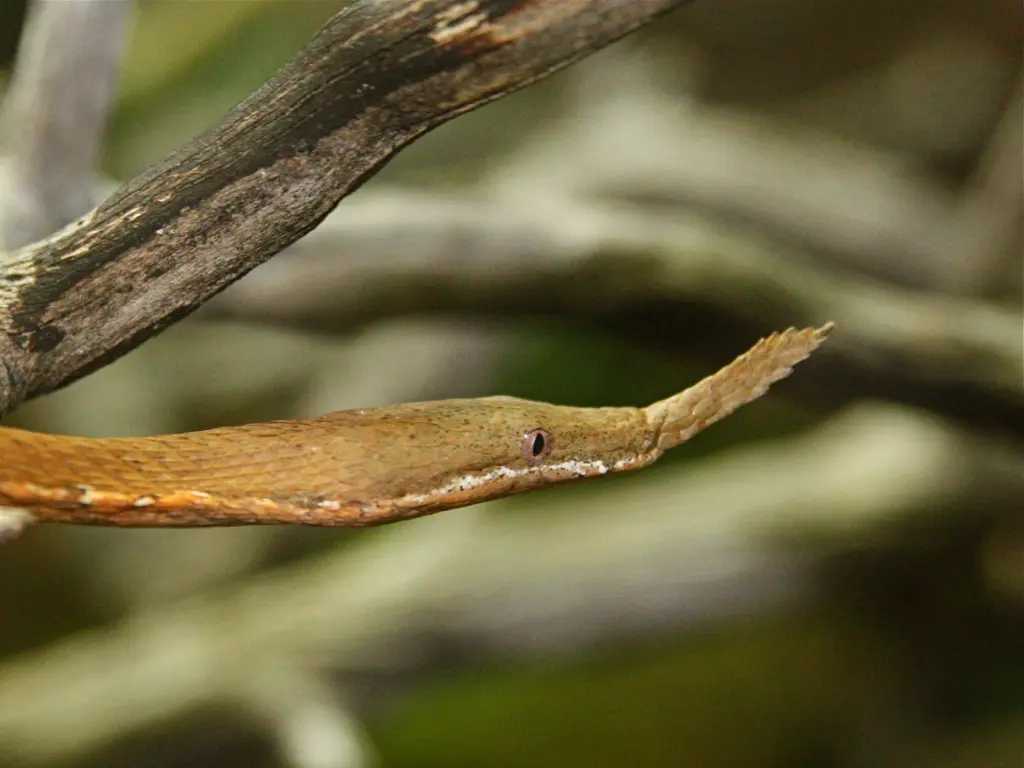
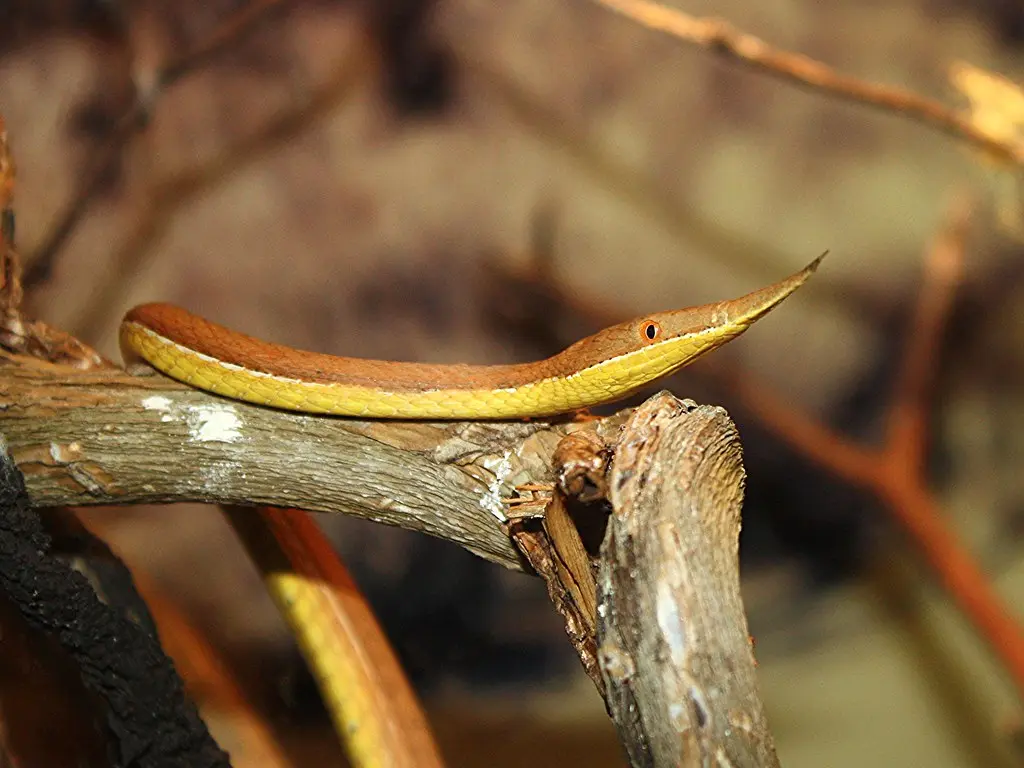
Appearance and Adaptations
The Malagasy Leaf-Nosed Snake is instantly recognizable due to its most prominent feature—the elongated, leaf-shaped nose that gives it its name. This specialized snout, resembling a leaf in both shape and coloration, serves a dual purpose. Firstly, it aids in camouflage, allowing the snake to blend seamlessly into its leaf-littered surroundings. Secondly, it plays a crucial role in thermoregulation. By basking in the sun with its nose pointing upwards, the snake maximizes its exposure to heat while minimizing direct solar radiation on the rest of its body.
The body of the Malagasy Leaf-Nosed Snake is slender and elongated, typically measuring between 40 to 60 centimeters in length. Its coloration varies, ranging from shades of brown and green to reddish-brown, further aiding in its camouflage amidst the diverse vegetation of Madagascar’s rainforests.
Habitat and Distribution
Endemic to Madagascar, the Malagasy Leaf-Nosed Snake can be found in the northeastern and southeastern regions of the island. It primarily inhabits the dense tropical rainforests, preferring the leaf-littered forest floor where it can easily conceal itself from predators and prey alike. This species has also been observed in montane forests at higher elevations, showcasing its adaptability to different ecological niches.
Feeding Behavior
The Malagasy Leaf-Nosed Snake is a skilled predator, relying on its stealth and agility to capture its prey. Its diet primarily consists of small vertebrates, including lizards, frogs, and small mammals. Equipped with specialized teeth designed for gripping and swallowing prey whole, the snake swiftly overpowers its victims. Remarkably, despite its relatively small size, this snake is capable of consuming prey larger than its own head—a testament to its impressive flexibility and jaw structure.
Reproduction and Life Cycle
Little is known about the reproductive behavior of the Malagasy Leaf-Nosed Snake, partly due to its secretive nature. Like many snakes, it is believed to be oviparous, laying eggs rather than giving birth to live young. The female likely deposits her eggs within the leaf litter, providing a safe and insulated environment for the developing embryos. The incubation period varies depending on environmental conditions but generally ranges from several weeks to a few months. Upon hatching, the young snakes emerge as miniature replicas of their parents, already equipped with the distinctive leaf-shaped noses.
Interactions with Humans
The Malagasy Leaf-Nosed Snake is not venomous and poses no direct threat to humans. However, like many species native to Madagascar, it faces indirect challenges due to habitat destruction and fragmentation caused by human activities. Conversion of forests for agriculture, logging, and urbanization are some of the major factors that impact the snake’s natural habitat. Nonetheless, the true extent of these threats and their impact on the species’ population dynamics require further scientific investigation.
Final Thought
The Malagasy Leaf-Nosed Snake is a captivating creature, perfectly adapted to its rainforest habitat in Madagascar. Its leaf-shaped nose, remarkable camouflage, and impressive feeding behavior make it a truly unique and enigmatic species. As we continue to explore and understand the intricacies of this species, it is vital that we strive to conserve and protect its habitat to ensure the survival of this emblematic snake and the countless other fascinating species that call Madagascar their home.
